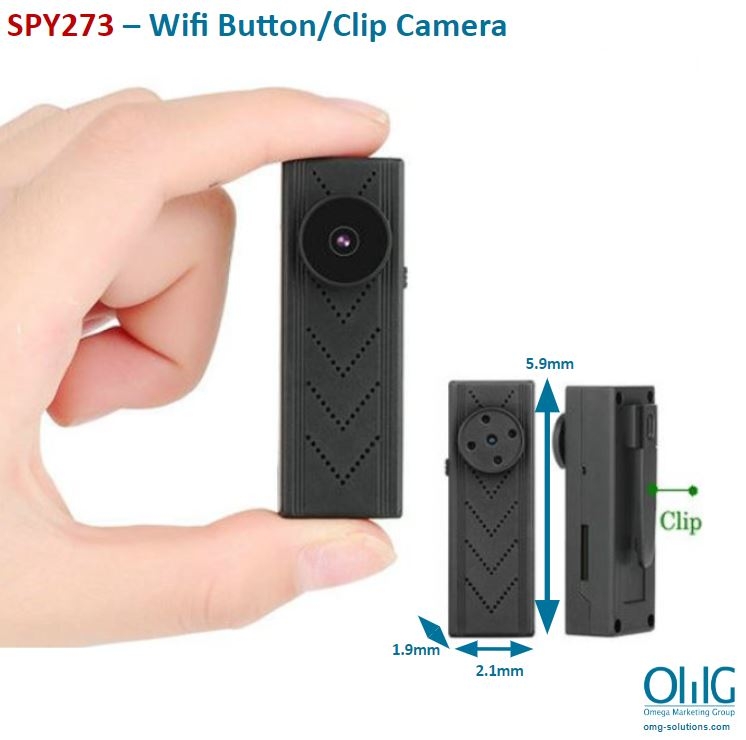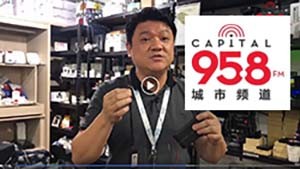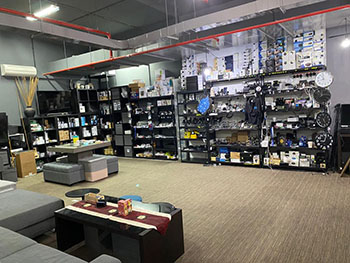Spy Camera – Parent Monitoring and Trust: Pre-teens and Teenagers
The idea of using a spy camera for monitoring pre-teens and teenagers raises important questions about safety, privacy, and trust. Here are some key points to consider:
Balancing Safety and Privacy
-
Safety Concerns: Parents often feel the need to ensure their children’s safety, especially given the potential risks in today’s digital and physical environments.
-
Privacy Considerations: Secret surveillance can undermine a child’s sense of privacy. Even if the intent is protective, covert monitoring can lead to feelings of betrayal if discovered.
Legal and Ethical Considerations
-
Legal Boundaries: Laws regarding surveillance vary widely by location. In many areas, secretly recording someone—even your own child—might be subject to strict regulations. It’s crucial for parents to be aware of local laws.
-
Ethical Dilemmas: The use of spy cameras can be seen as a breach of trust. Ethical parenting practices suggest that children benefit more from guidance and open communication than from covert monitoring.
Building Trust Through Communication
-
Transparency: Open discussions about safety expectations and boundaries can help build mutual trust. When children understand the reasons behind monitoring, they may be more receptive to safety measures.
-
Developing Autonomy: Encouraging responsible behavior and giving children a degree of privacy can foster independence and self-confidence, which is important as they grow.
Final Thoughts
Using a spy camera might seem like an easy solution to ensure a child’s safety, but it can have unintended consequences that affect trust and family relationships. A balanced approach that includes open dialogue, respect for privacy, and clear boundaries is often more effective in the long run. Parents should weigh the benefits against potential legal, ethical, and relational drawbacks before resorting to covert surveillance.
Coming Soon
NEW
Hidden Camera Detector
A spy camera detector is a device that can be used to detect the presence of hidden cameras. These devices typically use a combination of technologies, such as radio frequency (RF) detection and infrared (IR) detection, to locate hidden cameras.
There are a number of reasons why someone might want to use a spy camera detector, such as to ensure their privacy in a public place or to ensure that their home or office is not being monitored without their knowledge.
There are a number of different spy camera detectors available on the market, ranging from simple RF detectors to more advanced devices with multiple detection methods. It is important to carefully research and compare different options to find a device that meets your specific needs and budget.
It is important to note that spy camera detectors are not foolproof, and they may not be able to detect all types of hidden cameras.
3G/4G Camera
A 3G or 4G sim card camera is a device that uses a cellular data connection to transmit live video or other data over the internet. These cameras are often used for remote monitoring or surveillance purposes, and can be accessed from a smartphone or tablet using an app.
For Office
There are a number of legitimate reasons why an office might want to use surveillance cameras, such as for security or to monitor work areas. If you are considering using surveillance cameras in your office, it is important to be aware of and follow the relevant laws and regulations. It is also important to consider the potential impact on employee privacy and morale, and to ensure that the use of cameras is consistent with company policies and values.
Home Appliances
Clock Spy Camera
Bluetooth Speaker Spy Camera
Lamp & Light Blub Spy Camera
Photo Frame Spy Camera
USB Charger Spy Camera
Others Spy Camera
Portable Spy Camera
A portable spy camera is a small, portable device that can be used to record video or take photographs. These cameras are often designed to be discreet and can be hidden or disguised as everyday objects.
Mini Spy Camera
A mini spy camera is a small, portable device that can be used to record video or take photographs. These cameras are often designed to be discreet and can be hidden or disguised as everyday objects.
Pinhole Spy Camera
A pinhole spy camera is a small, discreet camera that is designed to be hidden and difficult to detect. These cameras often have a very small lens, which is sometimes referred to as a “pinhole,” and are designed to be hidden in everyday objects or built into other devices.
Wearable Spy Camera
A wearable spy camera is a small, portable camera that can be worn on the body or attached to clothing. These devices are often designed to be discreet and are intended to allow the wearer to record video or take photographs without being noticed.
Pocket Pen Spy Camera
Spectacles Spy Camera
SPY Audio Voice Recorder
A discreet audio voice recorder is a device that can be used to record audio conversations or other sounds. These devices are often small and portable, and are designed to be discreet and difficult to detect.


































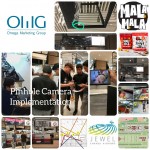










































































































































































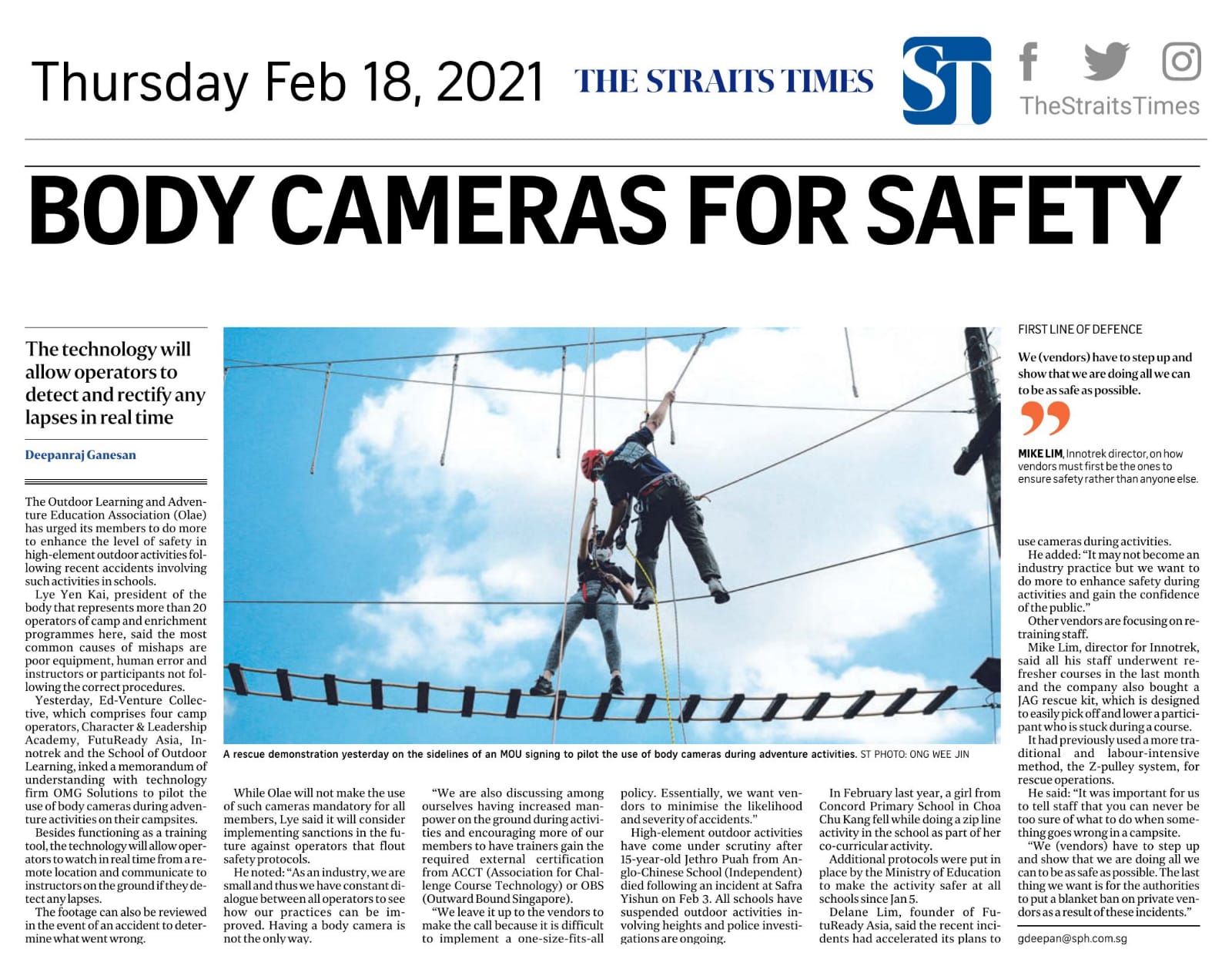
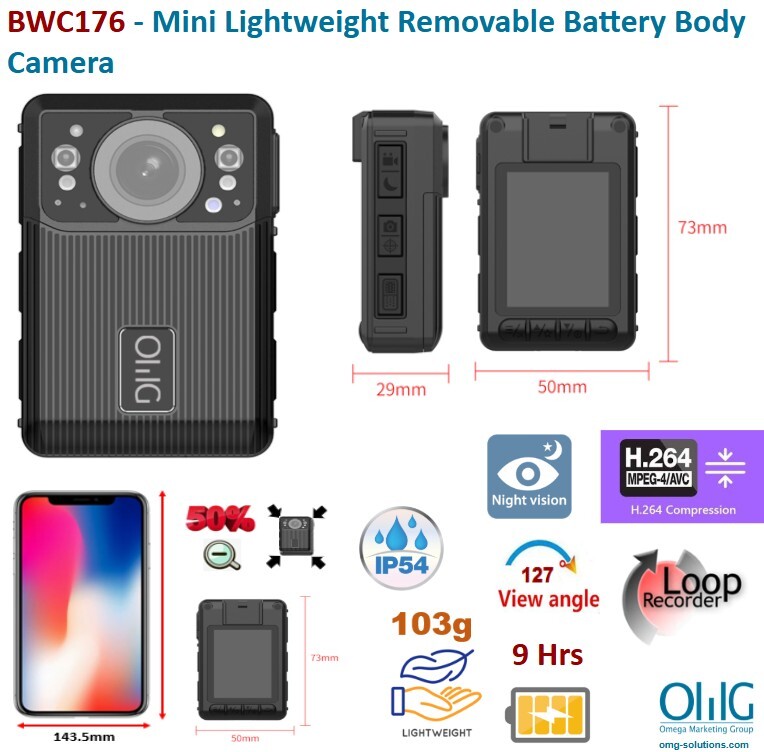
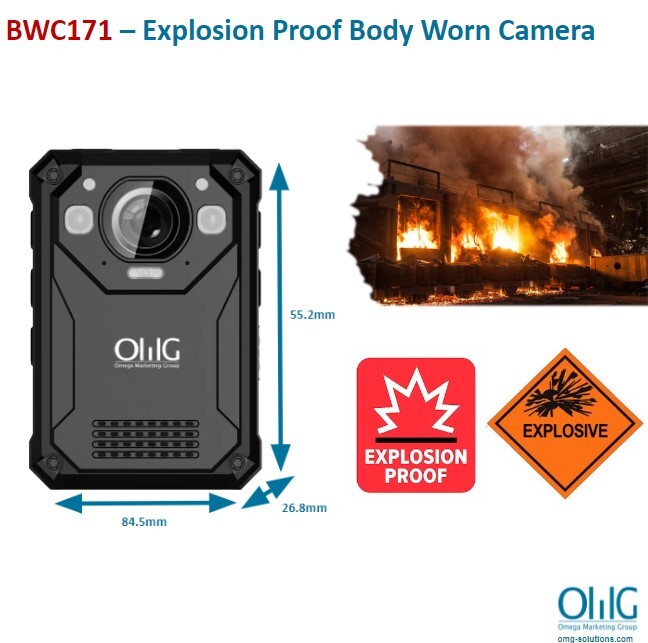
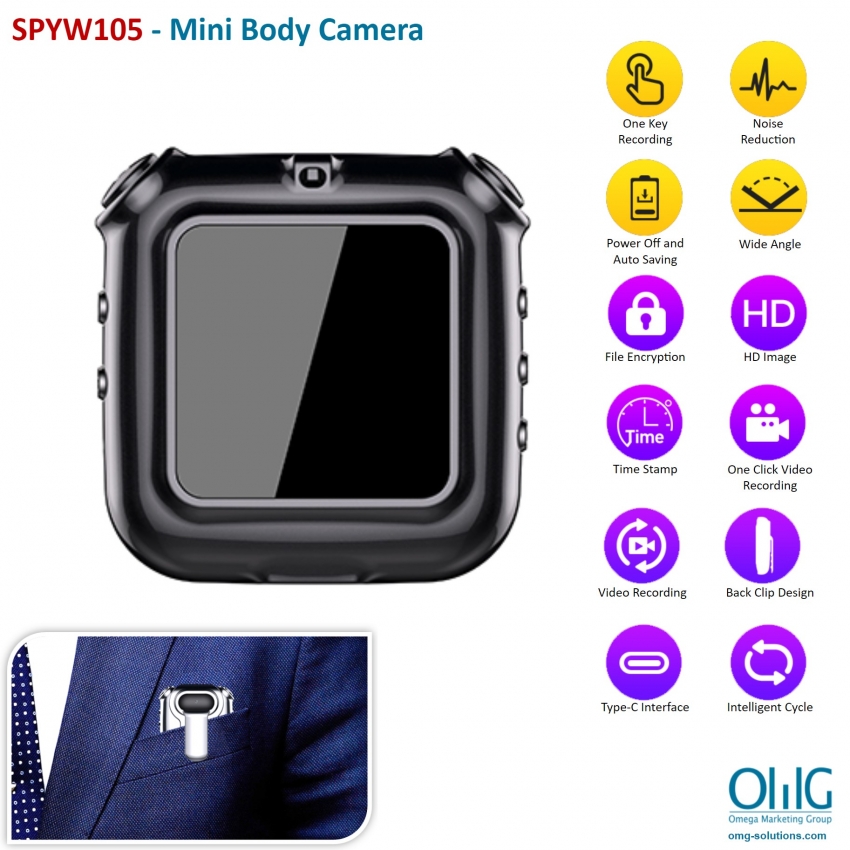
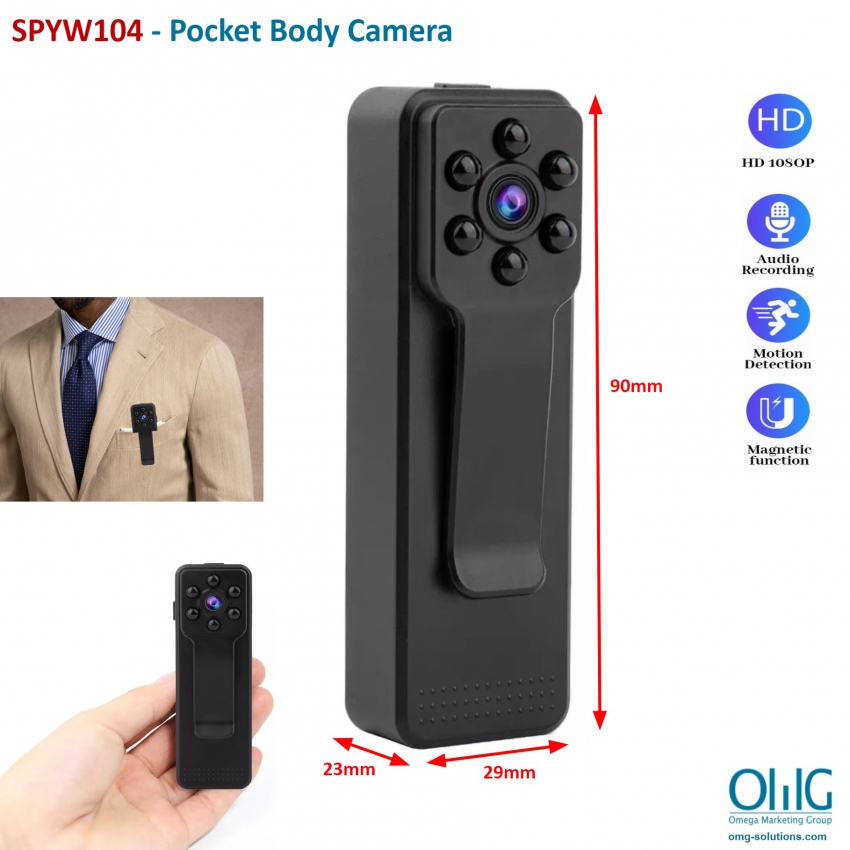
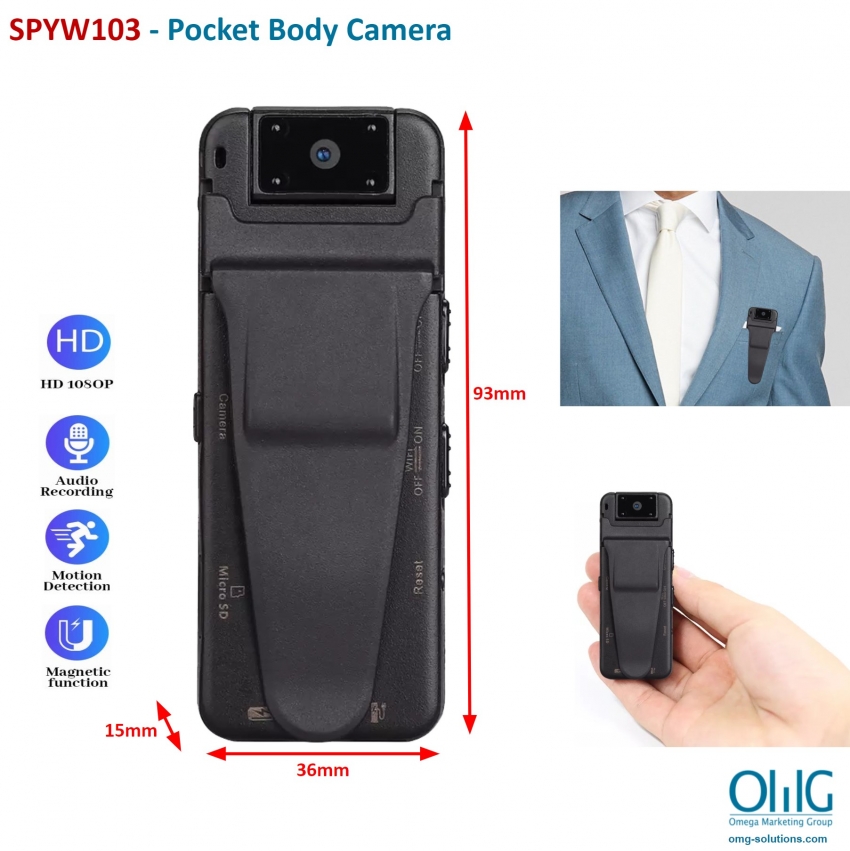
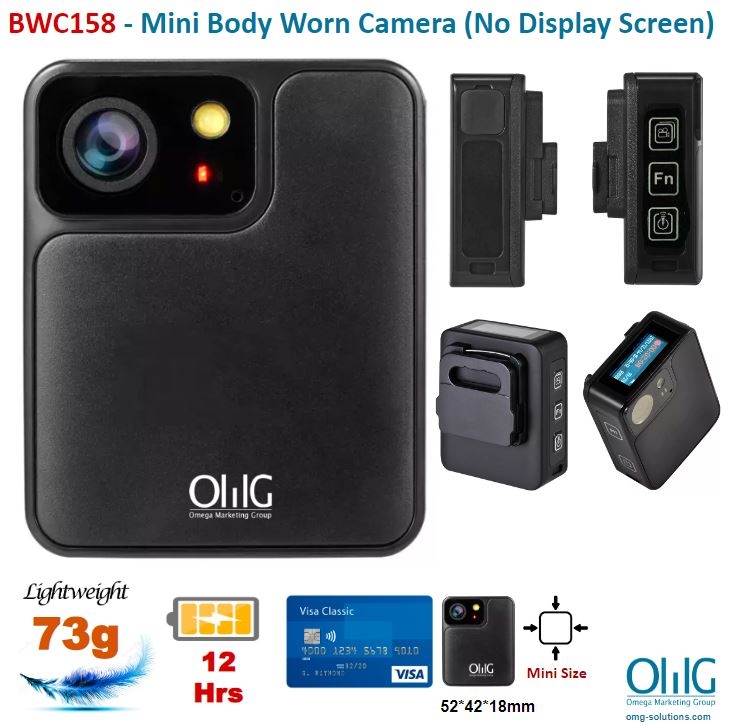
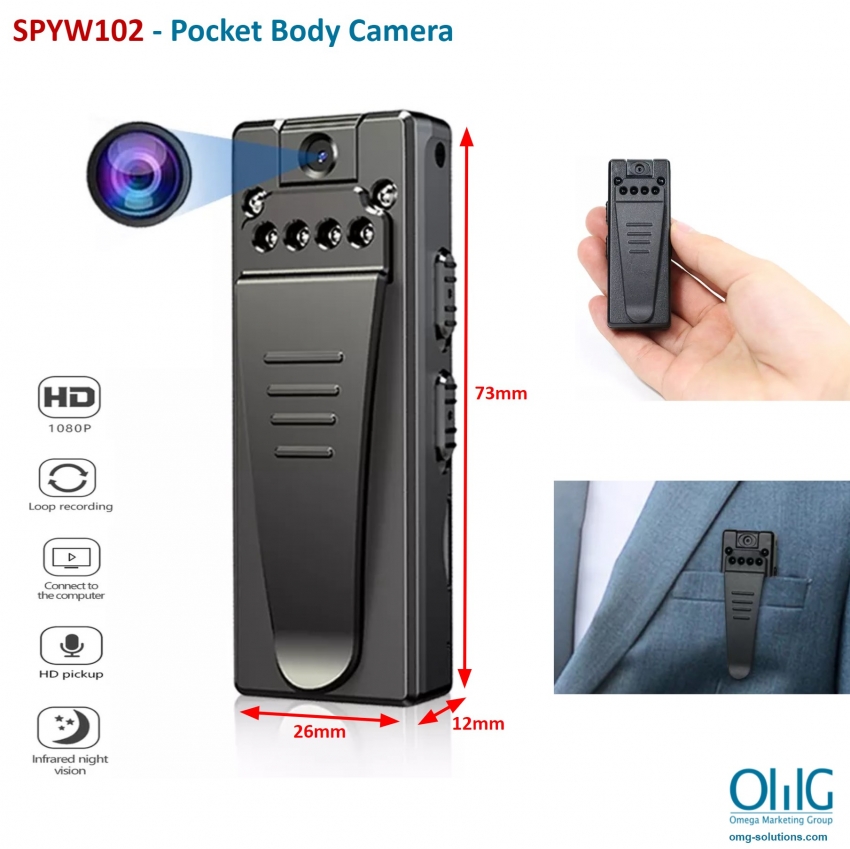
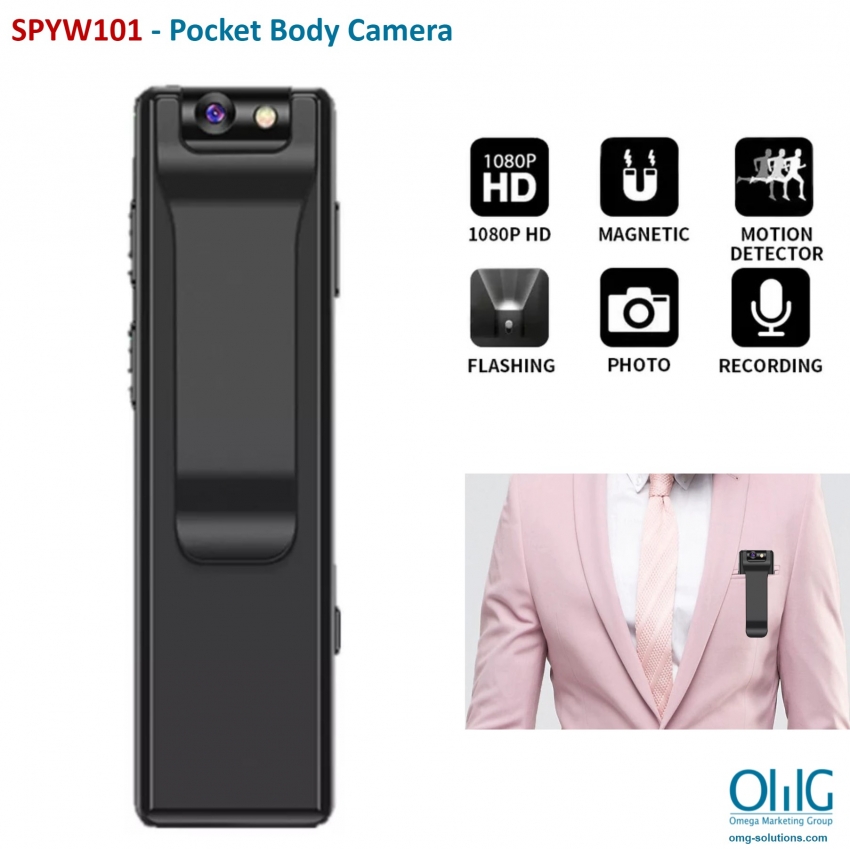
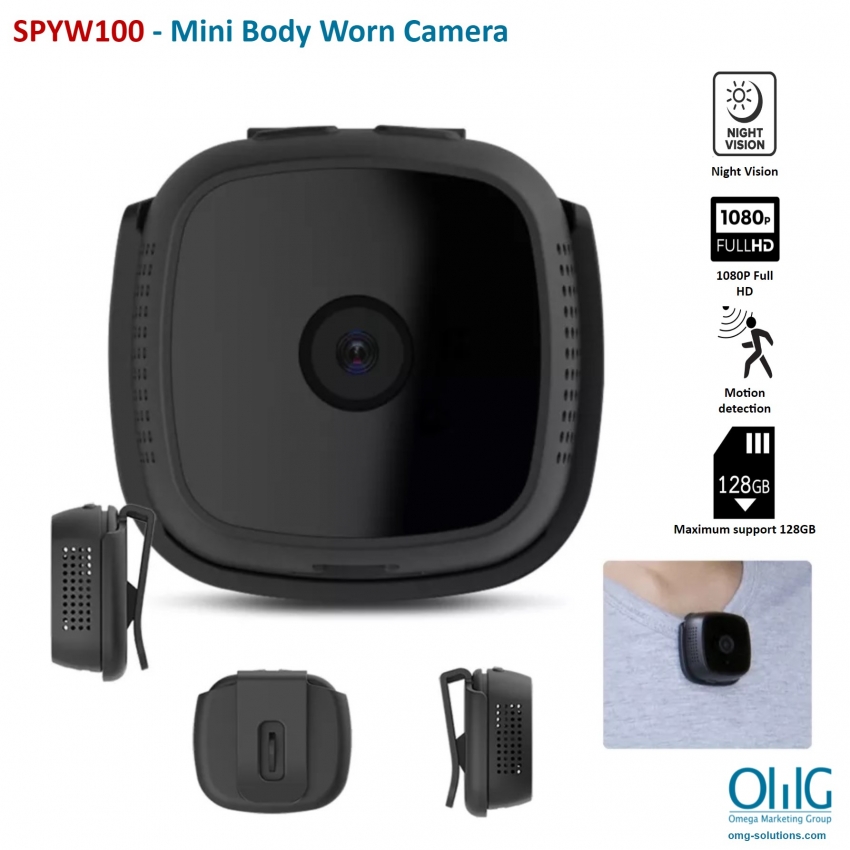
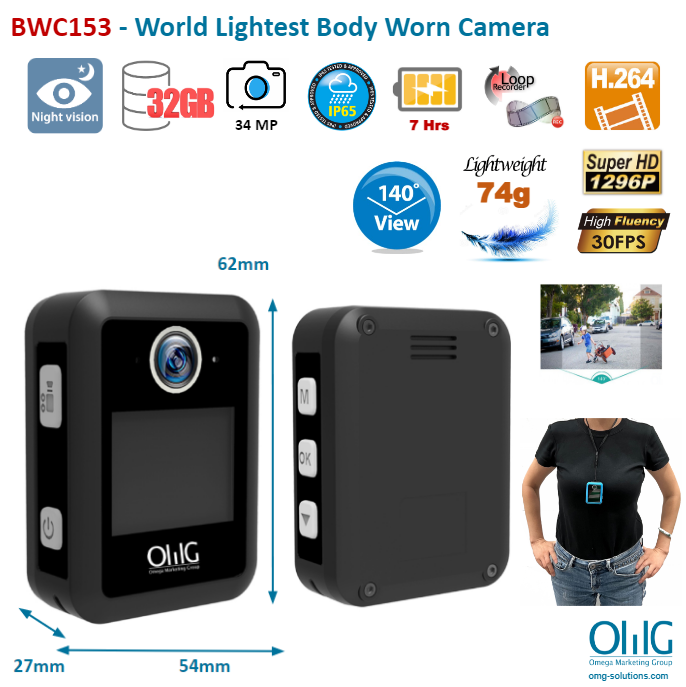
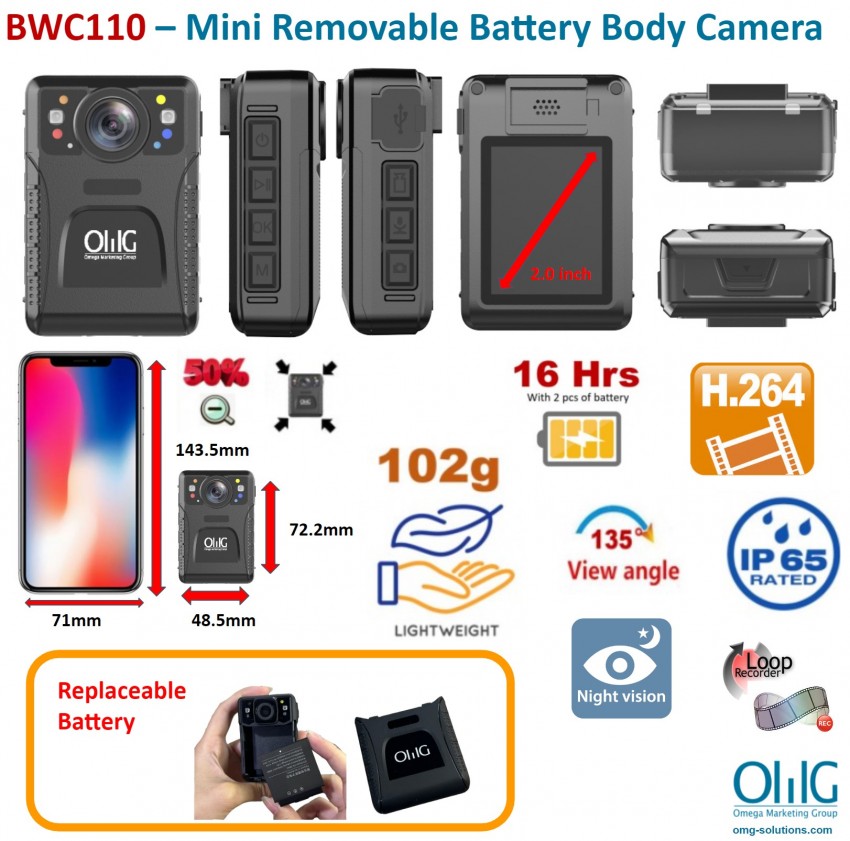
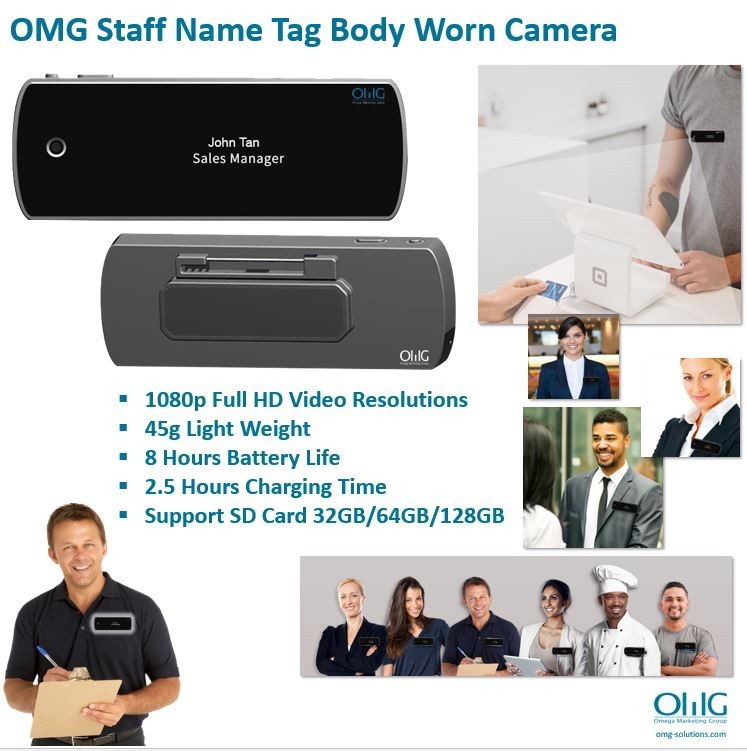
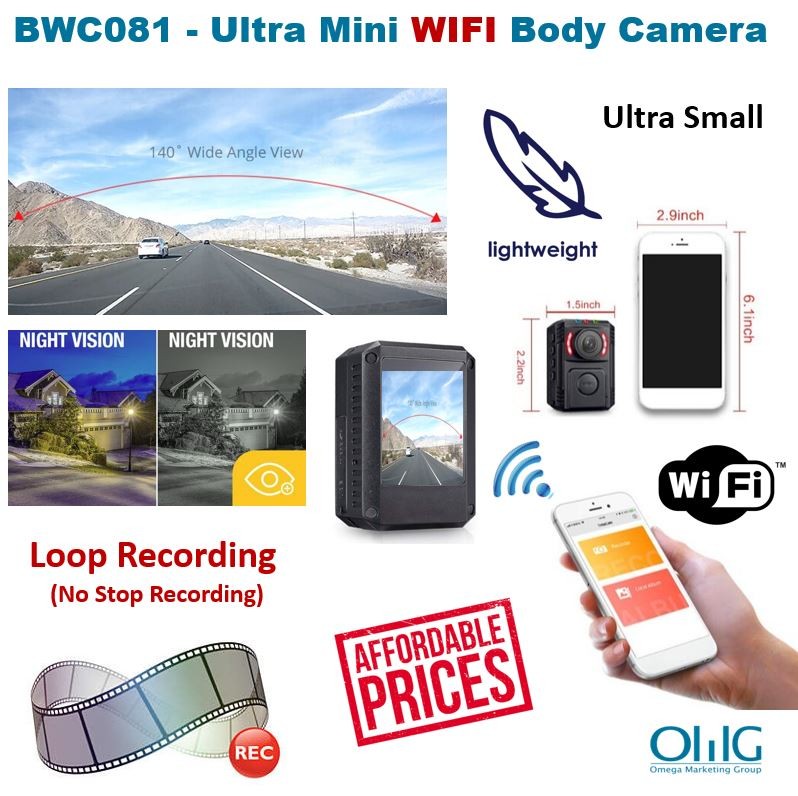
![BWC074 - Mini Light weight Body Worn Camera [No LCD Screen]](https://omg-solutions.com/wp-content/uploads/2024/06/Screenshot-2024-06-27-172245.jpg)
